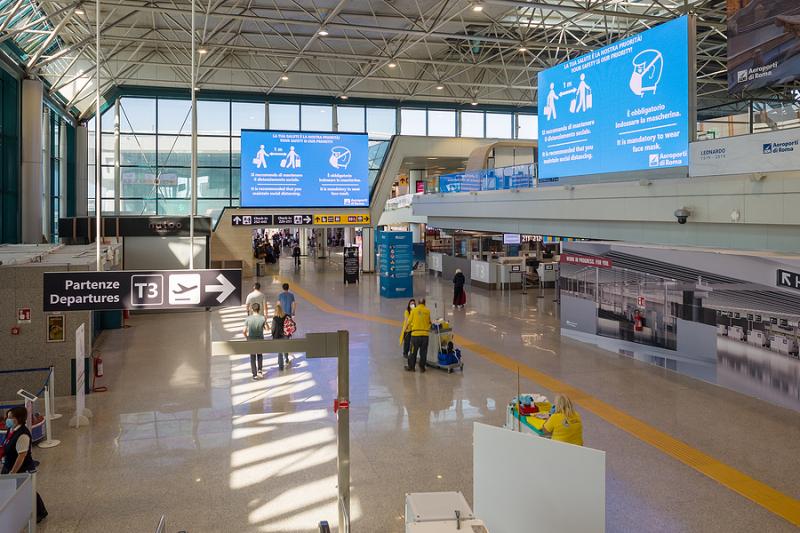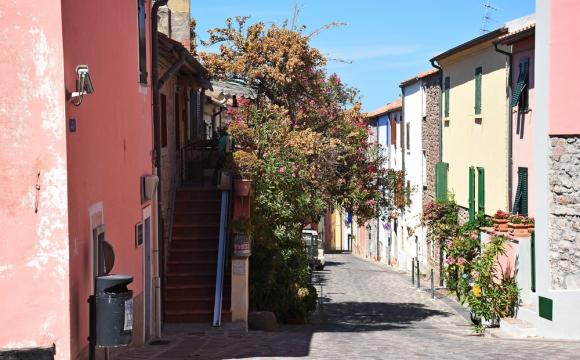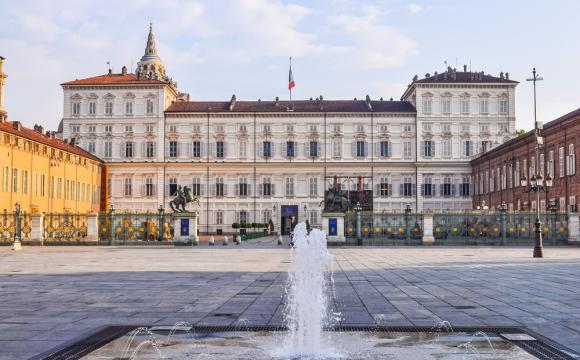Who can enter Italy from abroad? And how does it work?
Let's look at the current rules on traveling to Italy, as there’s been a further update since June 3. Be prepared, it’s confusing.
Persons who can travel freely to Italy without justifying their reason for the trip and without a quarantine obligation
To date (this rule has been in force since June 3), travel is allowed, without any limitation, without justifying the reason for the trip and without obligation of fiduciary isolation for 14 days:
- to and from the member states of the European Union;
- to and from the states that are part of the Schengen agreement (i.e. almost all countries belonging to the EU with the addition of Iceland, Liechtenstein, Norway, Switzerland);
- to and from the United Kingdom, Andorra, the Principality of Monaco, the Republic of San Marino and the Vatican City State.
Persons who can travel freely to Italy without justifying their reason for the trip but subject to a 14-day mandatory quarantine
New as of July 1, 2020: the following countries have been added to the list of those allowed free entry into Italy without motivation, but with the obligation, at least until July 14, 2020, of a 14-day quarantine: Algeria, Australia, Canada, Georgia, Japan, Montenegro, Morocco, New Zealand, Rwanda, Serbia, South Korea, Thailand, Tunisia, Uruguay.

Persons who can travel to Italy only for specific reasons and subject to a 14-day quarantine
For all countries not listed above, travel is allowed only for work, health, absolute necessity, return home or to one’s residence and for study reasons. In this case, mandatory quarantine and travel justification are required. In all other cases, citizens from countries not listed above cannot enter Italy.
Examples: a person traveling to Brazil could enter Italy if they need to be treated for an illness at an Italian hospital, but cannot travel to Italy if the reason was just tourism.
A person traveling from Belgium, which is a EU country, can enter Italy without explaining the reason for the trip and without quarantine.
A person from Japan can enter Italy without justifying the reason for the trip, but must undergo a 14-day quarantine.
Rule applying to anyone who has been to a barred country in the 14 days prior to Italy
Anyone entering Italy from any foreign country (except San Marino and the Vatican): if, in the 14 days prior to entering Italy, were or traveled in a country outside the list of those allowed (EU member countries, Schengen countries, the UK, Andorra, Monaco, Republic of San Marino, Vatican City State) must provide a reason for their trip and undergo a 14-day quarantine.
How does the 14-day quarantine work?
The 14-day mandatory quarantine begins on the day of entry into Italy. Those entering can reach their home or the place where they have decided to self isolate using private transportation, a rental car, a private car with driver or a taxi; they cannot use public transportation, such as buses and trains.

Those entering Italy for reasons of work, health or absolute urgency can postpone the start of the quarantine for up to five days.
Those who enter Italy from countries requiring an explanation for the trip must provide the carrier (airlines, trains, ships, etc.) a declaration with the reasons for the trip, the full address of the residence in Italy where the quarantine will be carried out, the private means of transport used to reach it, and a telephone number where to be reached during the entire quarantine period. Carriers measure the temperature of each individual passenger and prohibit boarding those having a fever above 37.5 degrees. These travelers must also communicate their arrival to the competent health authority of the area where they are traveling to.
Exceptions to mandatory quarantine when traveling to Italy from abroad
As written on Italy’s Foreign Ministry website, mandatory self-isolation does not apply to the following people:
- transport crew members;
- travel staff members;
- persons traveling for proven work reasons, if citizens of or resident in one of the following countries: Italy, Austria, Belgium, Bulgaria, Cyprus, Croatia, Czech Republic, Denmark, Estonia, Finland, France, Germany, Greece, Hungary, Ireland, Latvia, Lithuania, Luxembourg, Malta, Netherlands, Poland, Portugal, Romania, Slovakia, Slovenia, Spain, Sweden and Iceland, Liechtenstein, Norway, Switzerland, Andorra, Monaco, Republic of San Marino, Vatican City State, United Kingdom of Great Britain and Northern Ireland;
- health personnel traveling to Italy for professional reasons;
- cross-border workers entering the country to work and then returning home;
- employees of companies with their main or secondary headquarters in Italy, returning to the country after traveling abroad, for work, for no more than 120 hours (5 days);
- travel to and from the Republic of San Marino and the Vatican City State;
- officials and other servants of the European Union, international organizations, diplomatic missions and consulates, military personnel in the performance of their duties;
- students attending study programs abroad and returning home at least once a week;
- persons traveling to Italy for a short stay (up to 120 hours in total) for proven work, urgent or health reasons;
- transit passengers;
- persons traveling through the country for no more than 36 hours to reach their country of residence (e.g. entering Italy by ferry from Greece to continue by car to their home in Germany).
Each Italian region may have special ordinances in place with additional rules, and the above rules are subject to change, so always make sure to check Italy’s Foreign Ministry website and the Italian embassy website of the country you’re traveling from.
You may also find this website useful, although it appears to be only in Italian: Viaggiare Sicuri.
















